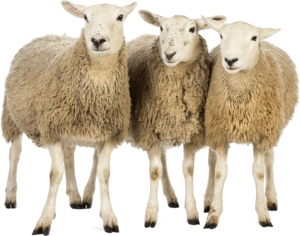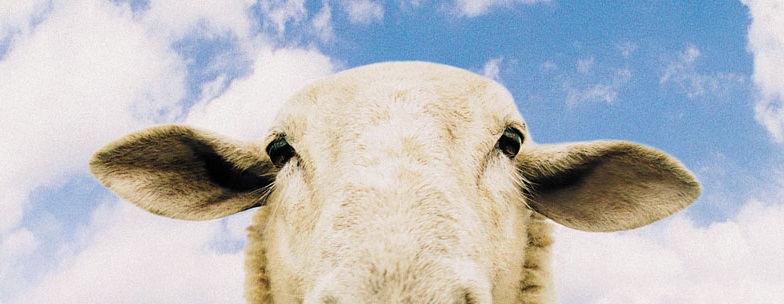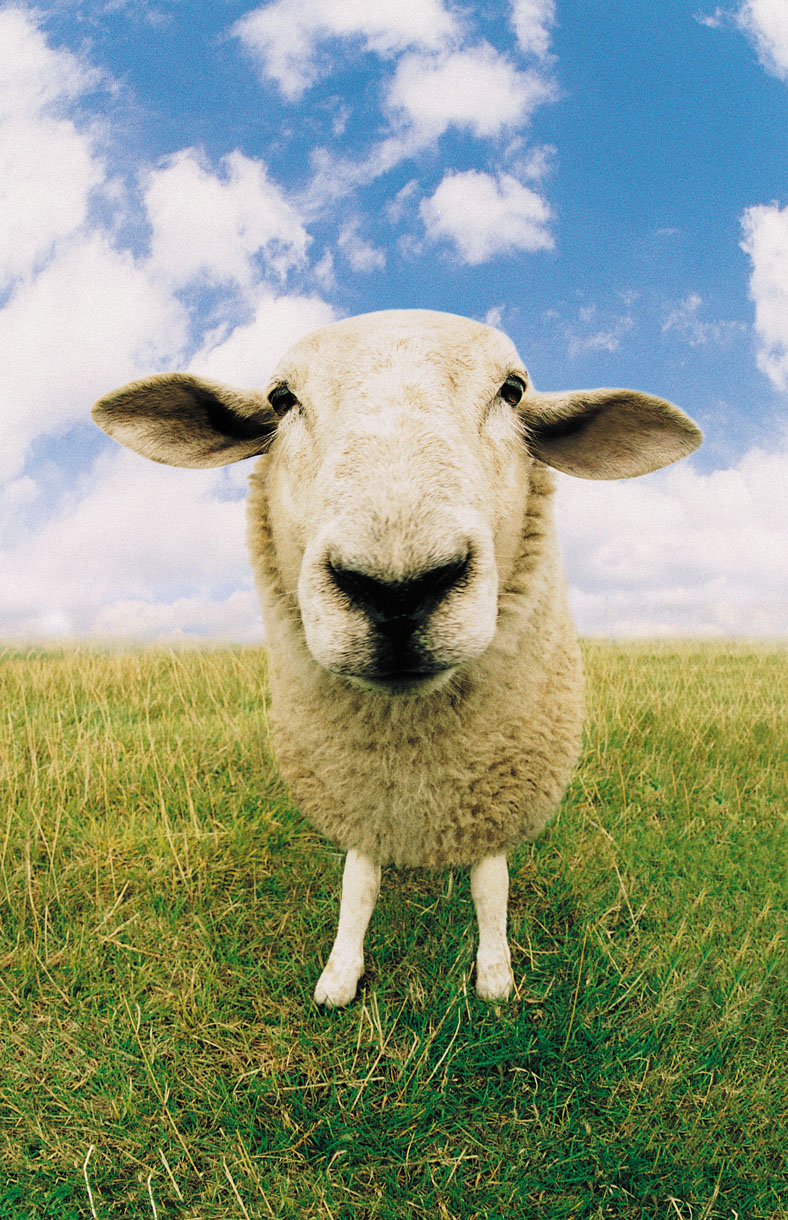Awanui Veterinary’s WormFEC programme

The WormFEC Programme is provided by AgResearch in association with Beef & Lamb New Zealand (Sheep Improvement Limited – SIL). This service provides breeding values for several parasite resistant traits, along with an overall index of resistance.
A faecal egg count (FEC) index is calculated for individual sheep. FEC data is registered with SIL along with data collected for other traits (e.g. lamb growth, twinning rate etc.) to generate breeding values that can be applied to assist in stock management decision making.
Note: WormFEC data can only be entered into the SIL system when generated from a AgResearch approved provider such as Awanui Veterinary.
Overview:
- Pre-drench composite/pooled FEC – confirm worm burden greater than 500 epg prior to drenching
- Drench check – 10 FEC per mob/treatment group to confirm drench is effective (samples collected 7-12 days after drenching).
- Challenge composite/pooled FEC – testing of samples collected each week after drenching to monitor epg. FEC expected to exceed 800 epg by week six. 30 animals sampled per mob/treatment group and submitted for composite testing.
- Individual progeny FEC testing – individual FEC test and result reference to animal ID (testing of ≥30 or all animals per sire line recommended).

Test methods:
Drench Check – FEC of individual faecal samples (n=10). FEC reporting of results >35epg.
Composite FEC – A composite sample is created by pooling 10-15 samples. Composite FECs are used to give an overview of the gastrointestinal nematode parasite status of a flock.
Reporting:
We will provide results of individual and composite FEC following submission and testing of samples. Progeny FEC results will also be provided, in a format compatible with Beef & Lamb NZ SIL requirements.


Sample requirements:
- Specimen: 2-4g faeces per animal.
- Container: Plastic pottle
- Collection protocol: Collect samples directly from rectum of animal (not from the ground unless freshly passed onto clean yard). Submit fresh or store in a refrigerator until transport to a laboratory*. Do not freeze.
Notes:
> For the composite FEC, sample 10-15 animals per group.
> Equal volumes of faeces may be pre-bulked or sent individually.
> *Do not refrigerate samples if larval culture is anticipated.
FAQs
How do I submit samples for WormFEC testing?
Faecal samples can be submitted to any of the Awanui Veterinary laboratories. The term ‘WormFEC’ needs to be clearly identified on the submission form for the testing and results to be applicable for submission to SIL.
What is the WormFEC testing price?
Refer to our current price list or contact your local laboratory.

What data is included in the results?
Strongyle and Nematodirus (eggs/gram) are both reported to a detection limit of <35epg.
Can additional testing be requested on the WormFEC samples?
Qualitative and quantitative larval culture can be performed on samples submitted for WormFEC testing.
What are the benefits of using Awanui for WormFEC testing?
> Awanui Veterinary are IANZ accredited for parasitology testing.
> Easy access to WormFEC testing from five locations nationwide.
> Option to include larval culture analysis of samples to provide information on drench resistant species.


